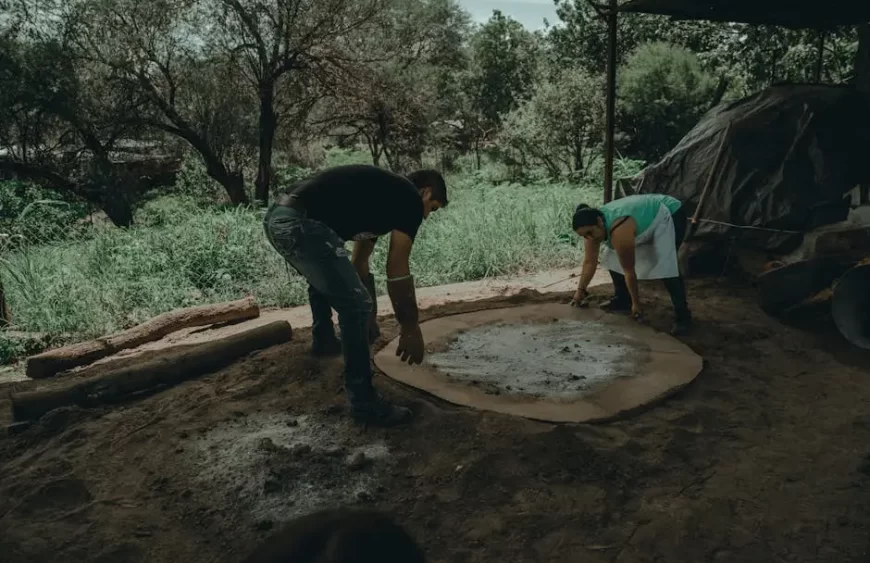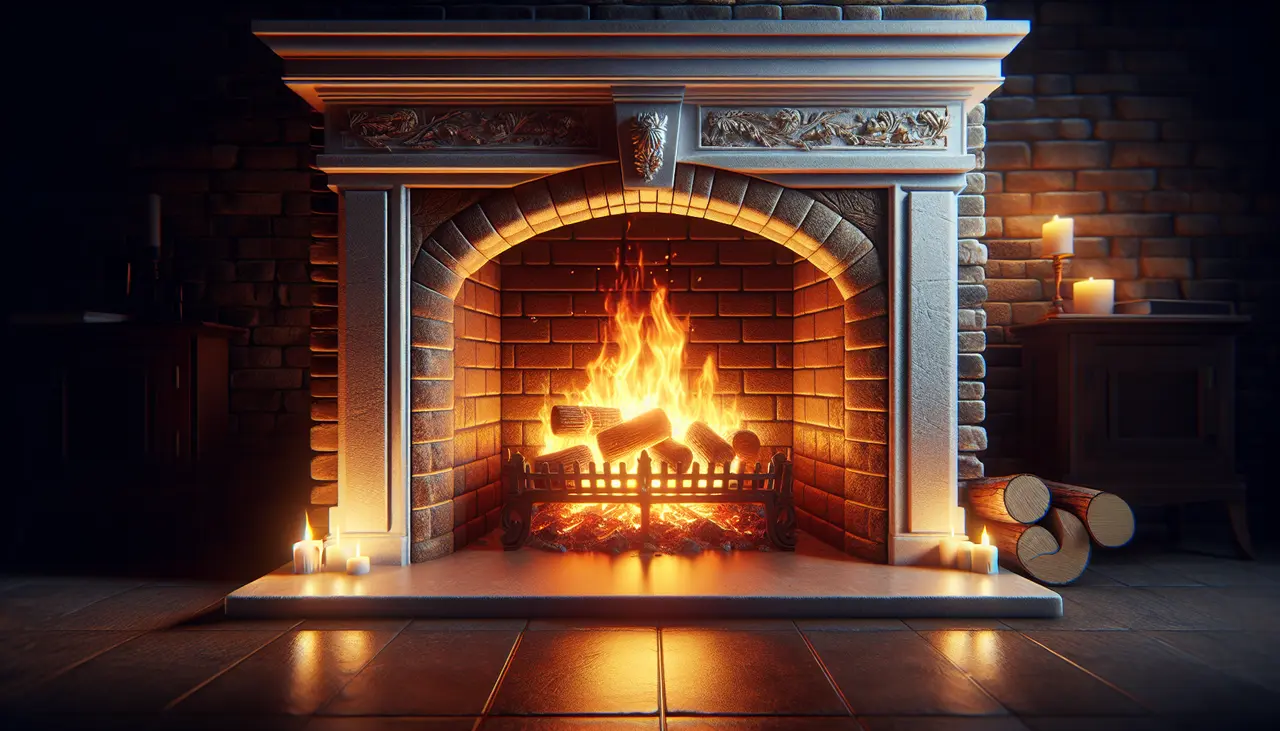How Often Should You Schedule a Fireplace Chimney Sweep?
August 28, 2024 2024-12-05 7:37How Often Should You Schedule a Fireplace Chimney Sweep?

How Often Should You Schedule a Fireplace Chimney Sweep?
Understanding the importance of maintaining your fireplace and chimney is crucial for safety and efficiency. This guide will help you determine how often you should schedule a chimney sweep to keep your fireplace in top condition.
The Importance of Chimney Maintenance
Chimney maintenance is not just an aesthetic necessity but a critical safety procedure. A well-maintained chimney ensures harmful gases are properly vented outside, reducing the risk of carbon monoxide poisoning. The significance of chimney upkeep is aptly emphasized in the insightful details provided by 1st Choice Residential, highlighting the multifaceted benefits ranging from safety to efficiency.
Ignoring chimney maintenance can lead to dangerous chimney fires. These fires often occur due to the accumulation of creosote, a highly flammable substance that forms when wood is burned incompletely. Regular sweeps significantly mitigate this risk, underscoring maintenance as a non-negotiable for fireplace safety. For further insights into the dangers of neglect and the importance of clean chimneys, refer to the expert advice from Smart Service.
Signs You Need a Chimney Sweep
Identifying when your chimney needs a professional sweep can sometimes be as simple as noting a decrease in fireplace efficiency or a change in the quality of the fire it produces. Additional signs include visible soot buildup along the chimney lining and the presence of an unusual odor emanating from the fireplace, indicative of creosote accumulation. For a comprehensive understanding of the telltale signs, dive into insights shared by Chimney Bear, which stresses the urgency of addressing these warnings promptly.
Another less obvious sign that it’s time for a sweep is observing an unusual animal activity around your chimney or finding debris in your fireplace that suggests animal nesting. This not only affects the chimney’s functionality but can also pose serious health risks, as detailed in resources from both the Chimney Safety Institute of America and expert guidance from Today.com, emphasizing the importance of professional chimney sweeps in maintaining a safe home environment.
Recommended Frequency for Chimney Sweeps
The consensus among experts, including the National Fire Protection Association, is that chimneys should be inspected at least once a year and cleaned as necessary. This frequency ensures that any hazardous buildup is addressed before it can cause issues. However, the use of your fireplace and the type of wood burnt can adjust this timeline. Homes that frequently use their fireplace may require more sweeps, as discussed in depth by My Chimney.
For those utilizing wood-burning stoves or fireplaces, the inspection might reveal the need for cleaning even if you do not use your chimney frequently. Different types of fuel can affect how often cleaning is needed, with some materials, like certain softwoods, leading to faster creosote buildup. Insightful information regarding these specifics can be found in the detailed guide by Smart Service, which sheds light on the intricate balance between usage, fuel type, and maintenance schedules.
Factors Affecting Sweeping Frequency
Several factors might necessitate more frequent chimney cleaning than the annually recommended minimum. These include the type of wood you burn, as certain types lead to quicker creosote buildup; the volume of use, with more frequent fires leading to more soot and creosote; and the age and condition of your fireplace and chimney. Older chimneys might have structural issues that allow for quicker buildup of hazardous materials. 1st Choice Residential offers professional insight into how these factors can influence your chimney’s maintenance needs.
It’s also essential to consider the efficiency of your burning practices. Incomplete combustion can result in more creosote. If you’re noticing signs of inefficient burning, it might be time to review your practices and possibly schedule additional sweeps, especially if you engage in burning activities frequently throughout the colder seasons. For a deeper dive into this topic, Smart Service provides valuable information concerning optimal burning methods and their impact on chimney health.
Choosing the Right Chimney Sweep Service
Selecting a reliable and experienced chimney sweep service is crucial for ensuring that your fireplace and chimney are properly cared for. Look for services that are fully certified by esteemed organizations like the Chimney Safety Institute of America (CSIA). Additionally, reading reviews and asking for recommendations can also guide you to reputable providers. The Chimney Safety Institute of America’s website is a great starting point for finding certified professionals in your area.
Before booking a service, don’t hesitate to inquire about the scope of their inspections, the technology and methods they use, and their approach to addressing any identified issues. Clear communication and transparency are good signs that you’re working with a professional service. For a better understanding of what to expect from a chimney sweep service and how to prepare, the insights provided by 1st Choice Residential are invaluable resources.
Preparing Your Home for a Chimney Sweep
Preparing your home for a chimney sweep’s visit involves ensuring clear access to the fireplace and moving furniture or decor that could obstruct the process. It’s also wise to cover nearby furniture to protect against soot. Sharing any concerns or questions with your chimney sweep before the appointment can help the process go smoothly, ensuring that specific areas of concern are not overlooked. For more detailed preparation tips, consider the guidelines suggested by Smart Service, which highlight the importance of readiness for both safety and efficiency.
What to Expect During a Chimney Sweep
During a chimney sweep, expect the technician to conduct a thorough inspection of both the interior and exterior aspects of your chimney. This includes checking for signs of wear, blockages, and creosote buildup. Modern sweeps often use cameras to inspect the flue lining and other hard-to-see areas. The actual cleaning process involves specialized tools designed to remove soot and creosote without damaging the chimney structure. For insights into the latest techniques and tools used in chimney sweeping, Chimney Bear offers a thorough overview of today’s best practices.
After the Sweep: Maintenance Tips
Following a professional chimney sweep, implementing regular maintenance practices can help extend the time between sweeps and ensure your chimney remains in good condition. These practices include using the right wood (hardwoods, which burn cleaner than softwoods), ensuring proper ventilation to facilitate complete combustion, and regularly inspecting the chimney cap and damper for any signs of damage. For a full rundown on maintenance tips post-sweep, the expertise shared by 1st Choice Residential can be incredibly helpful in maintaining a safe and efficient chimney.
Ensuring Safety and Efficiency
Regular maintenance of your fireplace chimney is more than a matter of cleanliness; it’s a vital action to ensure the safety and efficiency of your home’s heating system. By adhering to the recommended schedule and considering the factors that might necessitate more frequent sweeps, you ensure a cozy, safe atmosphere for your loved ones. For complete peace of mind and to guarantee your chimney is serviced by professionals, consider contacting the experts at 1st Choice Residential today.





